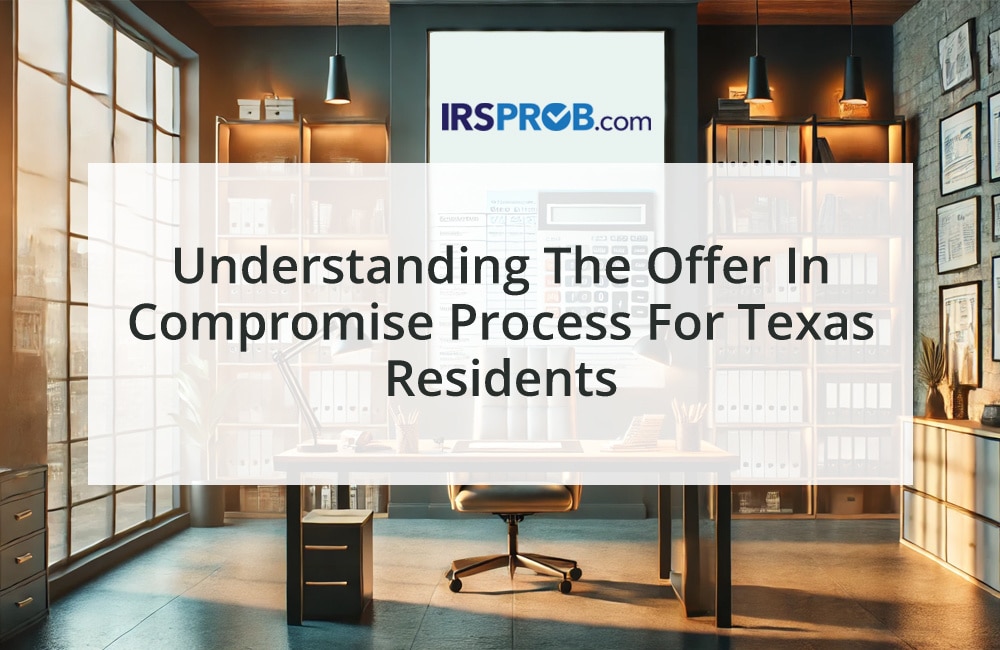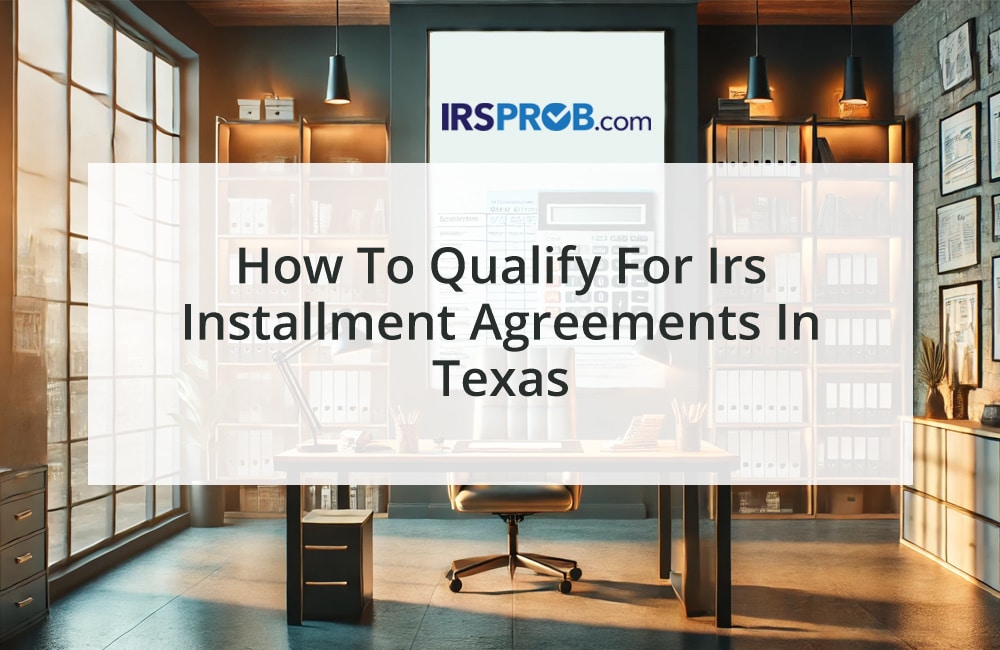[vc_row][vc_column][vc_column_text]
Using the Business-Mileage Rule
Read to learn how to make an everyday expense less expensive…
Please clarify how to properly record commuting mileage, especially if you do other trips before and after stopping at your regular office.
To record commuting mileage, you simply write in your appointment calendar (or other daily record or digital app): home to office, 10 miles, commute.
We absolutely, positively don’t like commuting mileage. You should dislike it, too. It’s personal. It’s not deductible. But with knowledge, it’s avoidable.
Let’s eliminate commuting and make those trips from your home to your office deductible. The law gives you two ways to eliminate commuting from your home to your outside-the-home office: Make a temporary business stop on the way to the office. Establish a home office that qualifies as a principal office.
You have deductible mileage when you drive from your home to a business stop (such as visiting a prospect or colleague) and then drive from that stop to your downtown office; drive from your home, which contains a “principal office” (think administrative office), to your downtown office; drive from your downtown office to a business stop; drive from one business stop to another business stop; or drive from one business stop to another business stop and make a de minimis (minor) out-of-the way personal stop. You have personal, non-deductible mileage when you drive from your home to a business stop and return home (assuming no principal office inside the home); drive from your home to your first business stop and from your last business stop back home (assuming no principal office inside the home and no stop at your downtown office); or drive from your home to your downtown office (assuming that you have no principal office at your home).[/vc_column_text][us_image image=”2332″][/vc_column][/vc_row]








